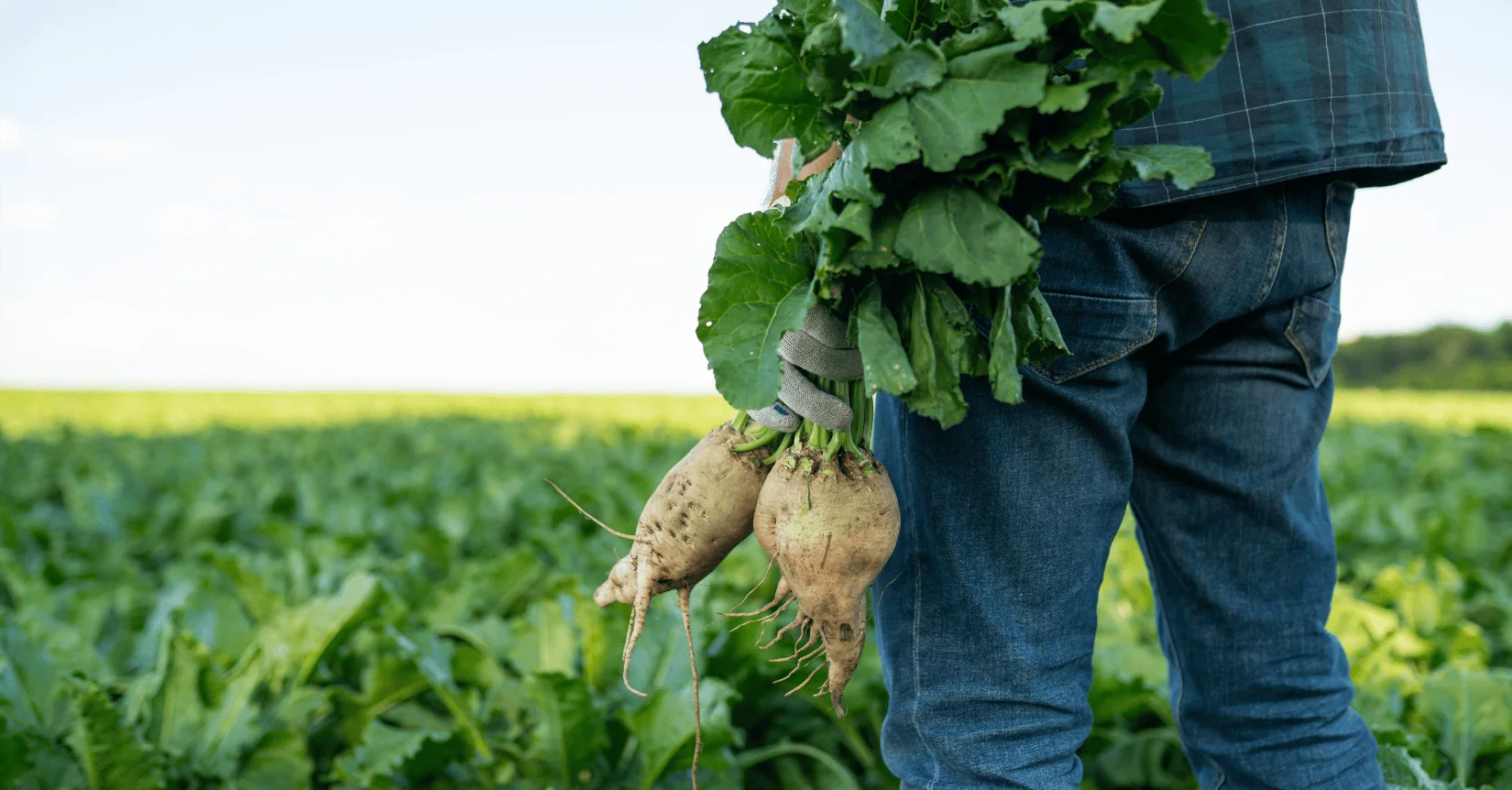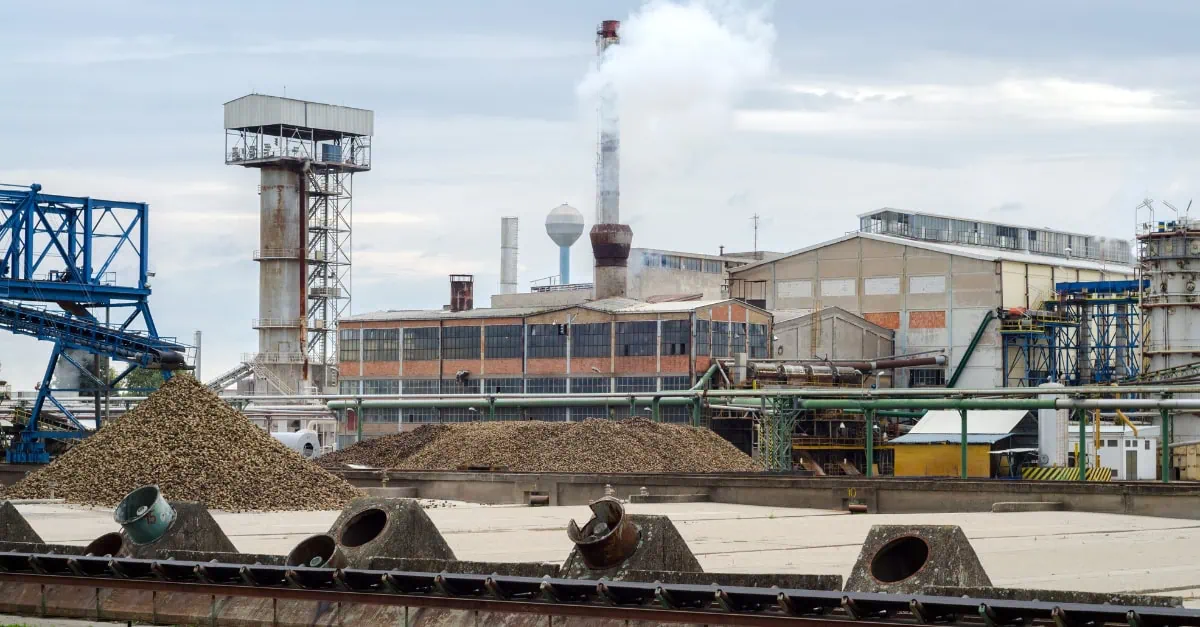Published July 21, 2025 | Vesper Market Intelligence
The European sugar market is experiencing significant shifts as extreme weather conditions begin to ease and trading patterns evolve ahead of the new crop season. After weeks of intense drought and heat stress, welcome rainfall is providing relief to sugar beet crops across key growing regions, while market participants adjust their strategies in response to changing import dynamics and policy developments.
Weather patterns shift across growing regions
The intense heatwave that gripped Northern Europe for two weeks is finally abating, with substantial rainfall now forecast across multiple growing regions. The timing of this weather relief is critical for sugar beet crops that have been under severe stress, with some areas experiencing rainfall levels equivalent to a month’s precipitation in just 36 hours.
However, the extreme dry conditions have created challenges for water absorption, with hardened soils in some areas causing runoff and minor flooding rather than the deep soil penetration needed for crop recovery. Farmers with water harvesting systems are working to capture and store as much rainfall as possible.
Regional variations remain significant, with fully irrigated crops in certain areas continuing to perform well despite drought conditions, while other regions show clear signs of stress. Disease management has become a key focus, with varying levels of success across different countries and crop protection challenges emerging in several key growing areas.
Trading dynamics evolve for new crop
The European sugar trading landscape is showing signs of evolution as market participants position for the 2026 crop season. Producer pricing strategies that have remained firm are beginning to adjust in response to competitive import flows and changing market dynamics.
Recent freight fixtures from major sugar-producing regions have improved import economics, creating pressure on domestic pricing structures. This has led to shifts in both producer and buyer behavior, with end users showing increased interest in fourth-quarter positions while seeking to optimize their procurement strategies across crop years.
The complex interplay between current season deliveries and forward contracts is creating opportunities for market participants to leverage timing differences and volume flexibility in their commercial arrangements.
Policy landscape remains in flux
The European sugar sector continues to face regulatory uncertainty with several policy developments creating potential implications for future market structure. Proposed changes to agricultural support frameworks and trade access arrangements are generating debate across the industry.
Ongoing discussions around agricultural policy reforms could significantly impact farm economics and planting decisions for future seasons. Meanwhile, trade negotiations and quota arrangements remain subjects of industry lobbying efforts as stakeholders seek to influence final policy outcomes.
Market outlook and key considerations
The convergence of improving weather conditions, evolving trade dynamics, and policy uncertainty is creating a complex environment for European sugar markets. Critical factors for market participants include:
- Weather recovery assessment and impact on final yield potential
- Import competition dynamics and their effect on pricing structures
- Policy development outcomes affecting future market access and support
- Timing strategies for crop year transitions and contract positioning
The coming weeks will be crucial as crop conditions stabilize and trading activity for the new season intensifies.
Read the full Week 30 Sugar Market Analysis on the Vesper platform here.





